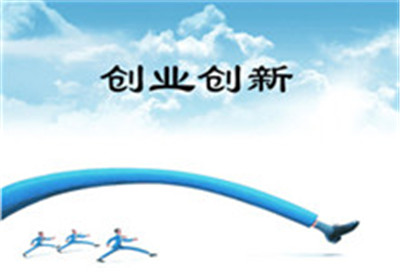unicode编码(The Evolution of Unicode From ASCII to Emojis)
The Evolution of Unicode: From ASCII to Emojis
The Birth of Unicode
Unicode is a character encoding standard that provides a unique number for every character, no matter what the platform, device, or program used. Before Unicode, the most common character encoding used was ASCII, a 7-bit character set that only covered basic Latin letters and numbers. However, as technology advanced and globalization became more prevalent, there was a need for a more comprehensive character set that could support all languages and scripts. In response, Unicode was born in 1991, incorporating a vast number of characters from around the world into a single encoding standard.Over the years, Unicode has constantly evolved to meet the changing needs of the digital world. In 1993, Unicode 1.0 was released with 7,161 characters, including several scripts such as Arabic, Hebrew, and Greek. Unicode 2.0 was released in 1996, adding even more characters and support for double-byte characters used in East Asian languages. With every release, Unicode has expanded to encompass more languages, symbols, and emojis. As of Unicode 14.0, there are over 147,000 characters available.The Rise of Emojis
One of the most notable additions to Unicode in recent years has been the introduction of emojis. Emojis are small images or icons that represent emotions, objects, activities, and other expressions. Originally created by Japanese telecom company NTT DoCoMo in the late 1990s, emojis quickly became popular in Japan and later spread to other countries. However, due to the lack of standardization among different platforms and devices, emojis often appeared differently or were not supported at all.In 2010, the Unicode Consortium began incorporating emojis into the Unicode standard, allowing for universal compatibility across devices and platforms. The first set of emojis was released in Unicode 6.0, with 722 characters including popular emojis such as the smiling face, heart, and thumbs up. Since then, new emojis are added every year with Unicode updates, ranging from food and animals to cultural representations and gender inclusivity.The Future of Unicode








